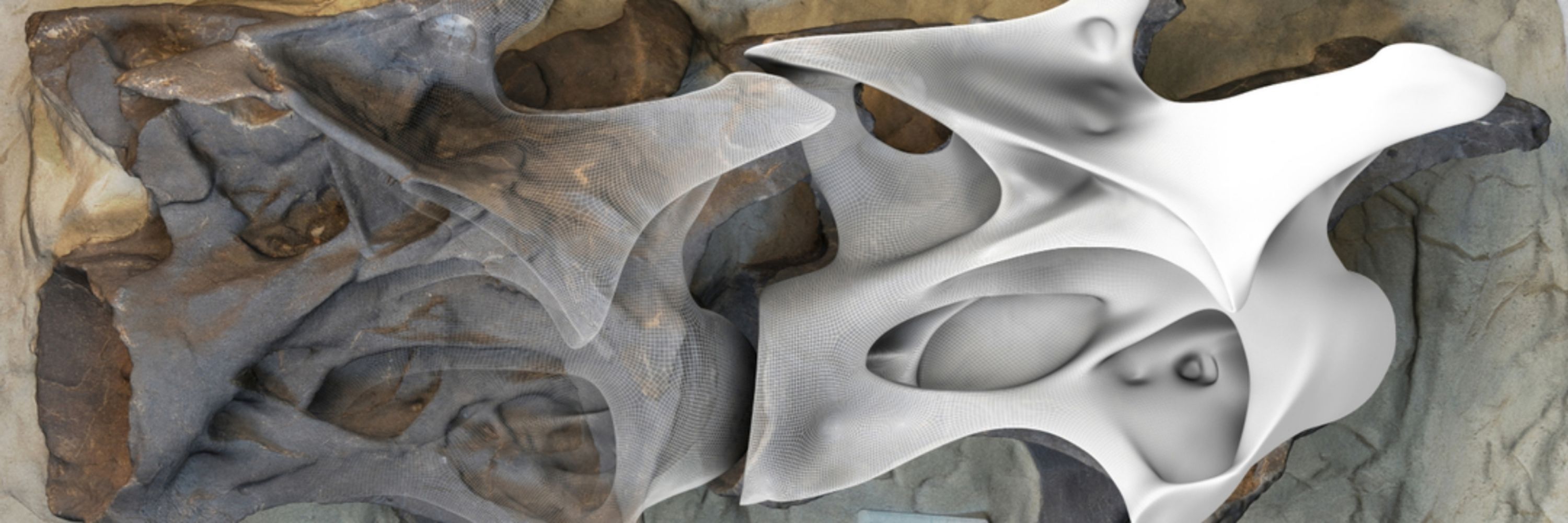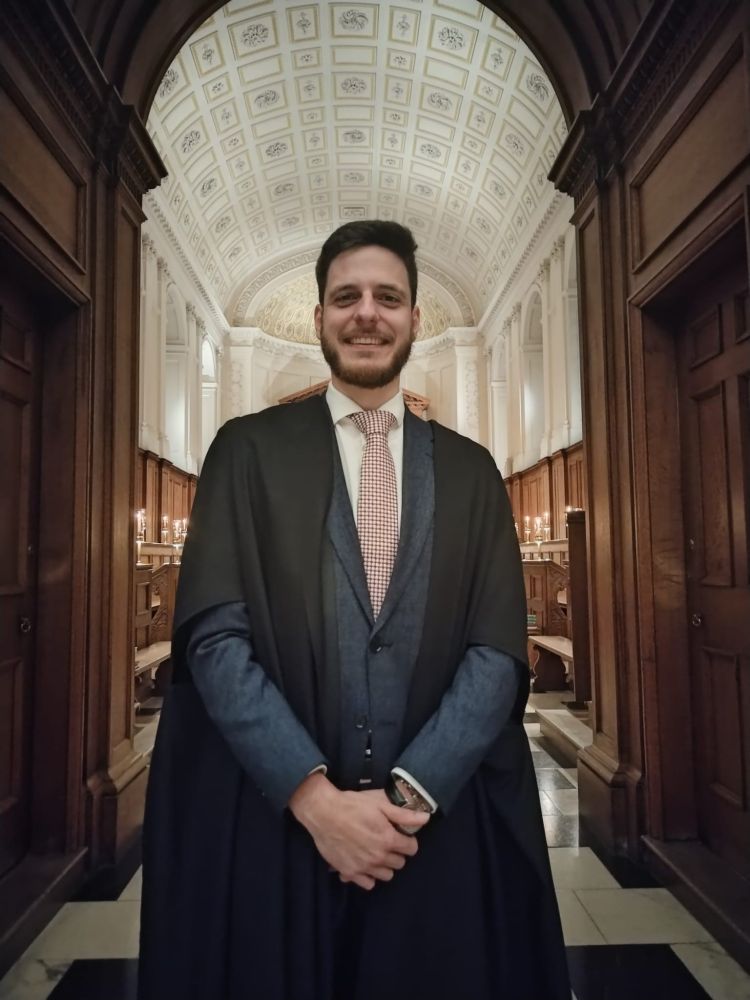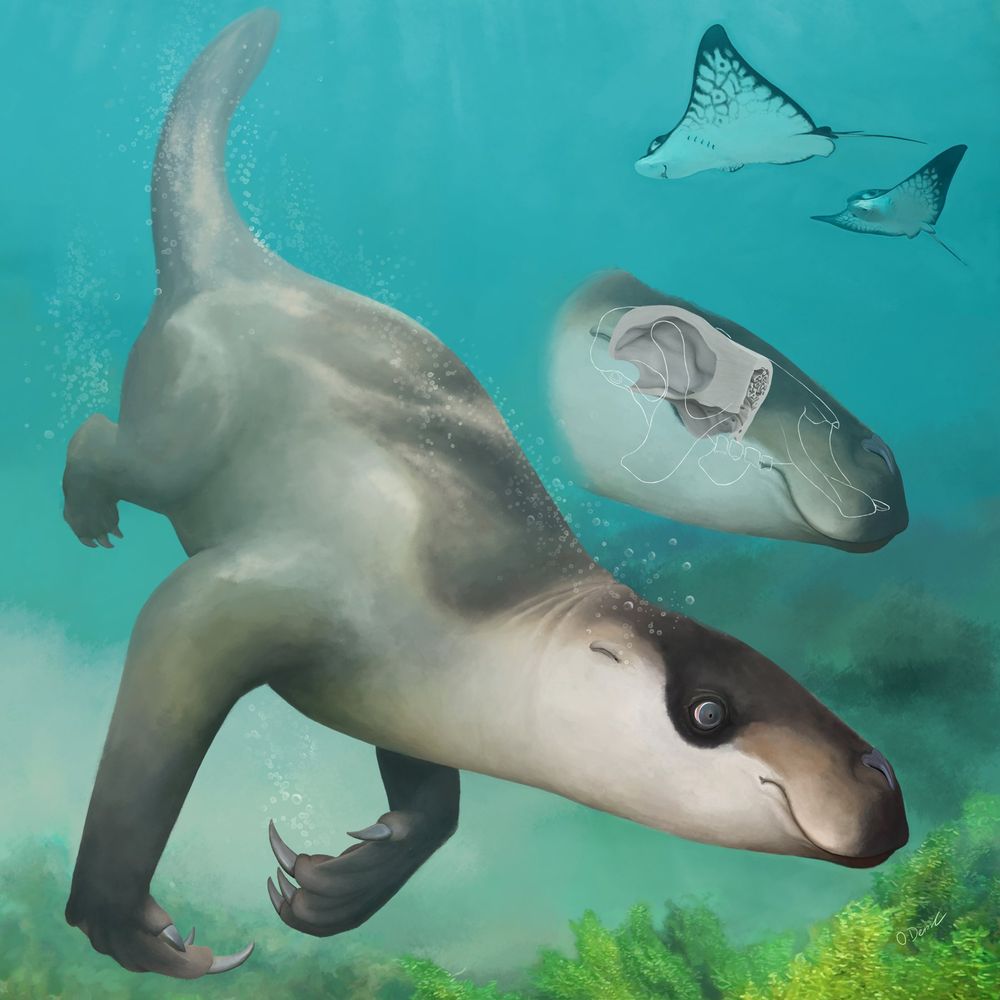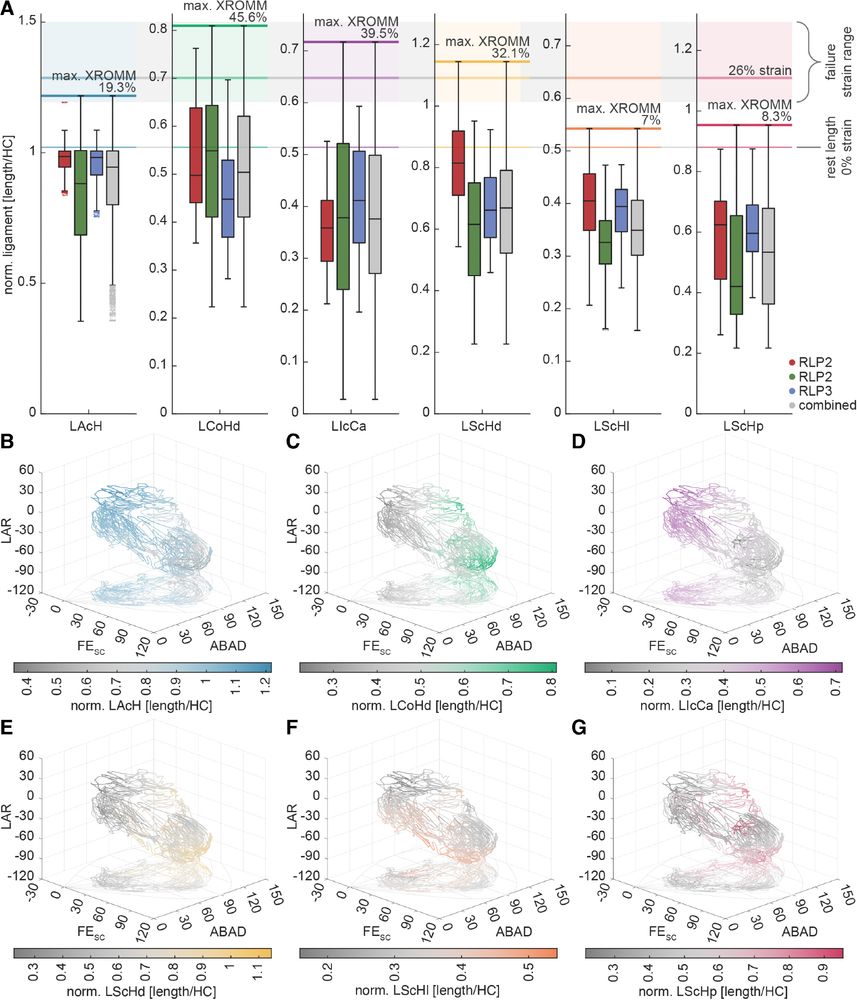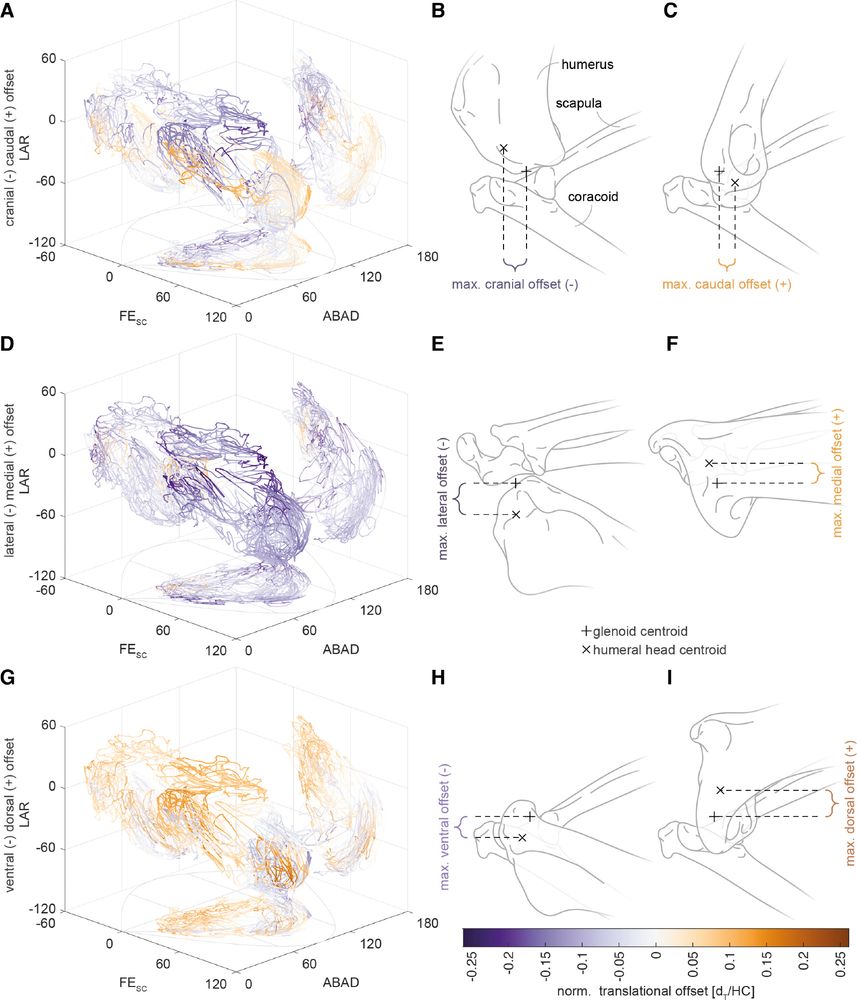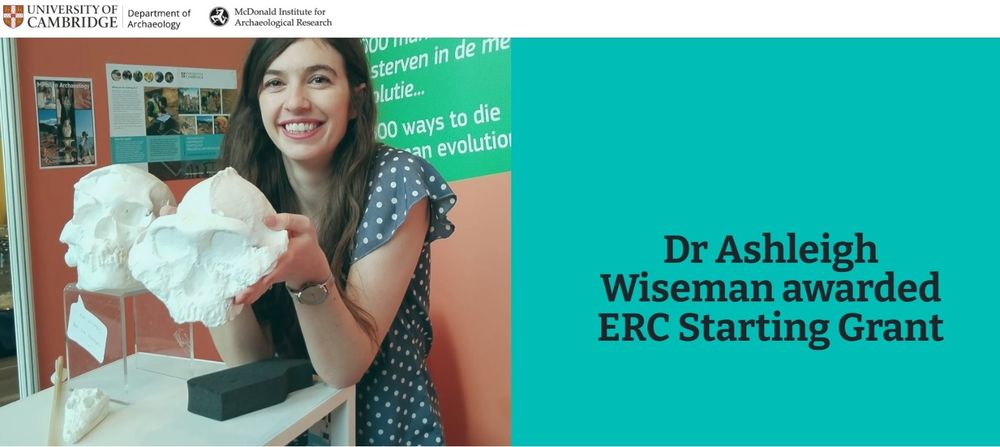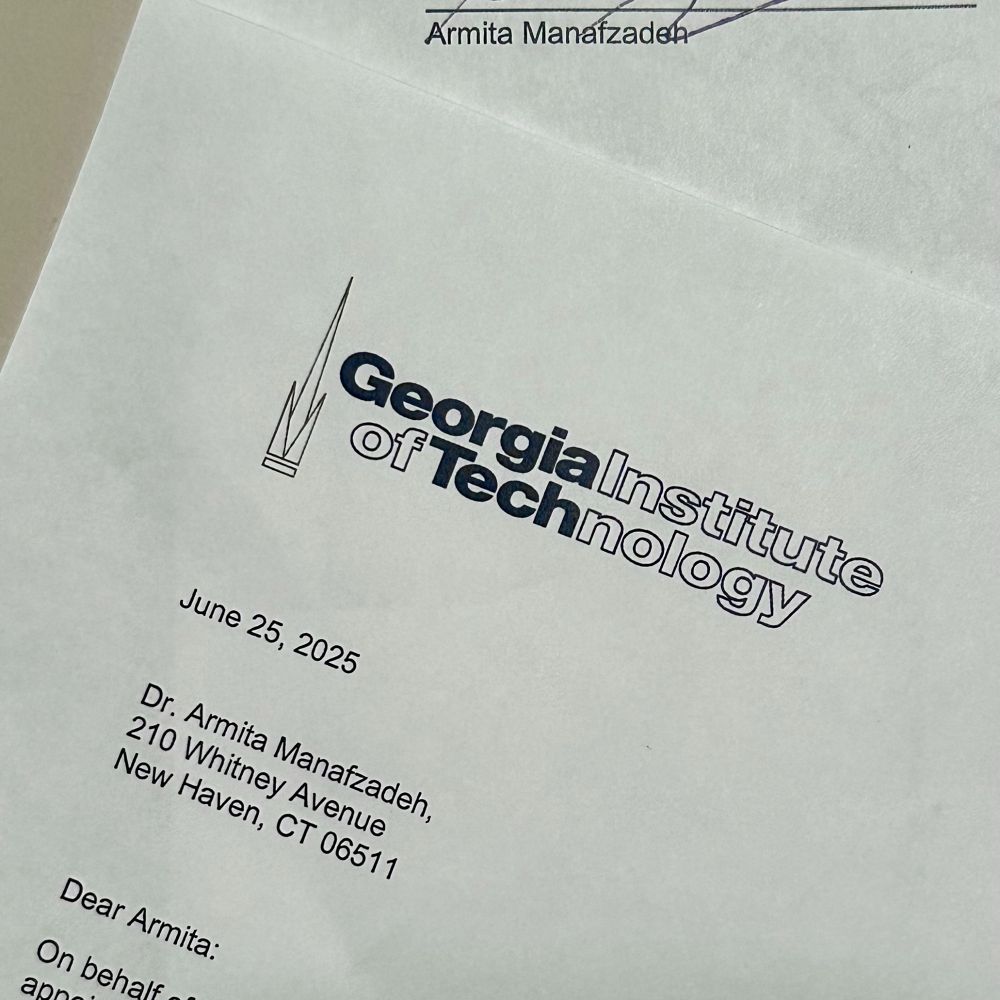Dr. Oliver Demuth
@oliverdemuth.bsky.social
380 followers
230 following
25 posts
Evolutionary biomechanist & functional morphologist interested in how living and dead things move | Junior Research Fellow - Earth Sciences at Clare College | Professional Scientific Illustrator | PhD Cambridge | MSc Bristol | BA ZHdK | 🇨🇭 in 🇬🇧
Posts
Media
Videos
Starter Packs
Pinned
Reposted by Dr. Oliver Demuth
Reposted by Dr. Oliver Demuth
Reposted by Dr. Oliver Demuth
Reposted by Dr. Oliver Demuth
Reposted by Dr. Oliver Demuth
